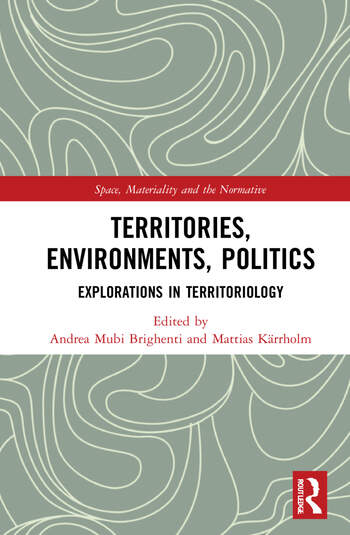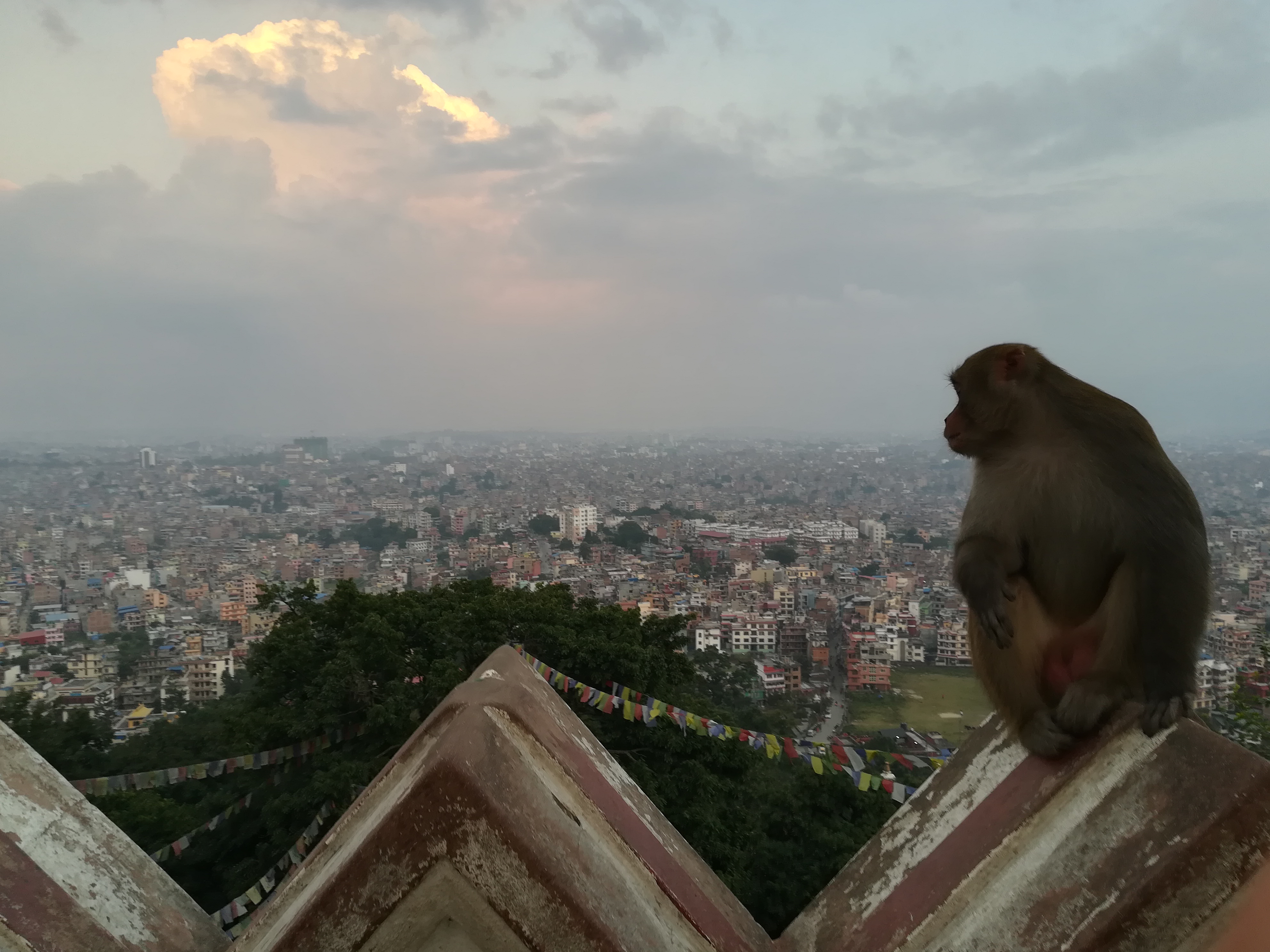Now published at: http://www.casadellacultura.it/1335/il-fascino-discreto-dell-interstizio-urbano
PDF here: 2022-05-29-IL FASCINO DISCRETO DELL’INTERSTIZIO URBANO
Co-authored with Andrea Pavoni
Published in Etnografia e Ricerca Qualitativa / Ethnography and Qualitative Research
05-Brighenti-Pavoni-Goffman-Back
S.I. Erving Goffman’s first 100 Years edited by Pier Paolo Giglioli– https://www.rivisteweb.it/issn/1973-3194

Our new Edited Collection now announced :
Happy to be included in Dromologie 01, a new journal of Virilio studies.
+info | http://www.eterotopiafrance.com/catalogue/la-vitesse-cest-letat-durgence/
my hosted piece in pdf | Brighenti 2021 la vitesse au pouvoir
Friday February 26, 2021, h.9-11
A seminar given in the series “Chronotopes of the Face”
Full Programme here: Cronotopi_del_volto_FACETS_UNiTO


The whole S.I. is now out at : https://www.tandfonline.com/toc/rsoc21/16/1

NOW OUT in Distinktion. Journal of Social Theory – Available at : https://www.tandfonline.com/doi/full/10.1080/1600910X.2020.1861044
Abstract
In this piece, we introduce the notion of ‘atmoculture’ as a conceptual tool to analyse the new forms of mobility supported and enacted by digital algorithms. In historical perspective, we analyse how modernity has created a movement-space where the problem of finding one’s way through an increasingly ‘displaced’ urban space first popped up, with noticeable psycho-social consequences. Reconstructing the new digital media as a continuation of this spatial imagination, we seek to zoom in onto the forms of mobility facilitated by digital algorithms. Urban digital navigation, we suggest, proceeds in parallel with a reorientation of the urban experience towards atmospheric considerations, maximising safety and pleasurableness in the user’s encounters with the environment. In this context, atmoculture appears a spatial-aesthetic, psycho-cultural, and bio-technological milieu that prepares space for convenient navigation. We discuss a number of consequences: first the disburdening effect, whereby subjects delegate to a number of perceptions and decisions to algorithms, expropriating the natural problem-solving aspect of subjectivity; second, the invisible transformations of urban space due to the biases and skews that are built in algorithms themselves; third, the tensional, even contradictory outcomes of atmocultural expectations, whereby the goal of a secure and pleasant environmental interaction is undone by the very quantity of information provided and the level of alertness required from the user.
Keywords
Spatial perception; Urban mobility; New media; Hodology; Urban Navigation; Urban atmospheres; Atmoculture

Still from Harun Farocki : Computer Animation Rules, Lecture at IKKM, 25 June 2014, available at https://vimeo.com/100092938
NOW OUT in Visual Studies : https://www.tandfonline.com/doi/full/10.1080/1472586X.2020.1840089
Abstract. This paper analyses vertical vision by tracing its possible genealogy and exploring the forms it takes in the contemporary city. In the first section, vertical vision is situated in the context of its cosmographic tenets. In the second section, the critique of verticality is complemented by a topological approach where vertical vision can be seen folding into a novel visual grammar. The lineaments of this grammar can be retrieved by attending specifically to algorithms and their role in contemporary urban perception, which we discuss in the third section. The fourth section implements the suggestions of two artists: Harun Farocki’s notion of navigation, and Hito Steyerl’s notion of bubble vision. Exposing the central role played by digital platforms in ushering in this novel paradigm, bubble vision can be reconstructed as the logical end-point of classical vertical vision. This comes in conjunction with the rise of peculiar visual-cultural configuration, which could be called ‘atmoculture’. Section five submits that atmoculture represents the cultural milieu of bubble vision. In conclusion, the paper invites visual scholars interested in the study of verticality to recognise bubble vision, together with its atmocultural background, as a new expression, and a reconfiguration, of vertical vision: similarly centred and disembodied, exhilarating, and dangerously de-responsibilising.

OUT NOW!

Paper at TCS Philosophy & Literature Conference 2019, Alpen-Adria-Universität Klagenfurt, Austria, May 29th – June 2nd, 2019
Now published in City, Culture and Society
Abstract
An analysis of the city through its crystallising processes is here proposed. Because crystallisation involves phase transition, a review of the latter, as well of the notion of phase in its relation to order, is first submitted. Then the question is posed: Can we suggest that cities have phases? What would it imply to study cities as “phased beings”, or phased phenomena? Which characteristics of crystalline phases can prove most relevant for cities? The paper explores crystallisation as a lens for understanding spatial order, temporality, individuality and perception in the course, and in the context, of the urban process and urban life.
Keywords
Urban phases; Urban crystallisation; Crystal growth; Crystalline life; Crystallised cities; Urban perception; Urban individuality
OUT NOW – Special Issue of Etnografia e Ricerca Qualitativa XII: 2
https://www.rivisteweb.it/issn/1973-3194
Will be my pleasure to join Javier Abarca and the other fellows at http://thetagconference.com/

Now Out in Body & Society
Abstract. This piece sets out an exploration of the relations between the city, the body, and the face, seeking to understand in particular how the city and the face could be articulated with reference to an image of the body. It is suggested that the face and the city entertain a kind of privileged affinity. Just as the face unsettles the head and the bodily system to which it belongs, projecting the latter into an intersubjective social system of interaction and signification, so the city unsettles the land where it is located, projecting it into long-distance connections with similar entities scattered across the continent, and beyond. The piece evolves into the twin exploration of, on the one hand, “the city of the face” and, on the other, “the face of the city”. In the first half of the essay, the city is conceptualised as politeía, or polity, whereas in the second half it is characterised through its possible encounter with the experience of “facing”. The piece stresses the animistic attitude and the qualitatively distinct moments generated by the animistic operation as important to develop the city-face notion.
Keywords: face; head; city; landscape; identity; territoriology; Deleuze
An analysis of the city through its crystallising processes is here proposed. Because crystallisation involves phase transition, a review of the latter, as well of the notion of phase in its relation to order, is first submitted. Then the question is posed: Can we suggest that cities have phases? What would it imply to study cities as “phased beings”, or phased phenomena? Which characteristics of crystalline phases can prove most relevant for cities? The paper explores crystallisation as a lens for understanding spatial order, temporality, individuality and perception in the course and in the context of the urban process and urban life.
Keywords: urban phases; urban crystallisation; crystal growth; crystalline life; crystallised cities; urban perception; urban individuality
Now published in City, Culture and Society
Urban Animals—Domestic, Stray, and Wild
Notes from a Bear Repopulation Project in the Alps

by Andrea Mubi Brighenti & Andrea Pavoni
Finally OUT in Society & Animals
https://doi.org/10.1163/15685306-12341580
Abstract. This piece explores ‘domesticity’ as a social territory defined by the relationship it entertains with the conceptual and material space of ‘the wild’. The leading research question can be framed as follows: do these two spaces stand in opposition to each other, or are more subtle relations of co-implication at play? As we enquiry into the domestic and the wild, a richer conceptual map of notions is drawn, which also includes the public, the common, the civilised and the barbarian. The case study that illustrates this dense intermingling of categories is offered by the case of Daniza, a wild brown bear introduced in the Brenta Natural Park on the Italian Alps in the 2000s, who repeatedly came into unexpected, accidental contacts with humans. Declared a ‘dangerous animal’, Daniza was controversially killed by public authorities in 2014, officially in an attempt to capture her with anaesthetising bullets, but in a way that still leaves doubts about the degree of voluntariness of the killing. The piece argues that the domestic and the wild constitute two semiotic-material domains constantly stretching into each other without any stable or even clear boundary line, and elaborates a series of corollaries for studying animals in urban contexts.
Keywords: Domesticity; Domestication; Wildness; Bears; Urban Animals; Territorial Governance
TOC
Introduction – Domesticity as Urban Prolongation
Conclusions
I’m pleased that my paper “Artveillance: At the Crossroads of Art and Surveillance” (2010) has been reprinted in Surveillance Studies. A Reader Edited by Torin Monahan and David Murakami Wood (Cambridge University Press, 2018)
Cities Contested. Urban Politics, Heritage, and Social Movements in Italy and West Germany in the 1970s
Available here: https://aro-isig.fbk.eu/issues/2018/2/cities-contested-andrea-brighenti
A lecture I’m giving today @ERC Homing project led by Paolo Boccagni:
https://webmagazine.unitn.it/evento/sociologia/47230/urban-thresholds-and-modes-of-domestication
NEW – Video recording: https://www.youtube.com/watch?v=4YZvboJ83c8
Currently working (day & night…) at this Special Issue with Andrea Pavoni:
http://explore.tandfonline.com/cfp/pgas/jmv06250-rsoc-si-cfp-urban-animals

NOW PUBLISHED in CITY, TERRITORY & ARCHITECTURE
Abstract: The recent, rich scholarship on rhythms, following in the wake of Lefebvre’s book Éléments de rythmanalyse (1992), proves that rhythmanalysis is an important sensitising notion and research technique. Despite its increasing recognition, however, rhythmanalysis has not yet become a proper science as its proponents had hoped. In this article, we argue that rhythmanalysis could benefit from being further developed and integrated into a wider science of territories. What research must attain is, we suggest, not simply a recording, description or analysis of rhythms; instead, the goal is to capture the life of rhythms as they enter territorial formations. A neo-vitalistic conception, in other words, could enrich the standard social-scientific understanding of the relation between rhythms and territories. More specifically, we submit that the notion of rhythm could be explored not only in terms of the recurrent patterns of association it defines, but also with essential reference to the intensive situations and moments it generates and, in the end, territorialises.
Keywords: Social rhythms, Rhythmanalysis, Synchronisation, Science of territories, Territorial intensities